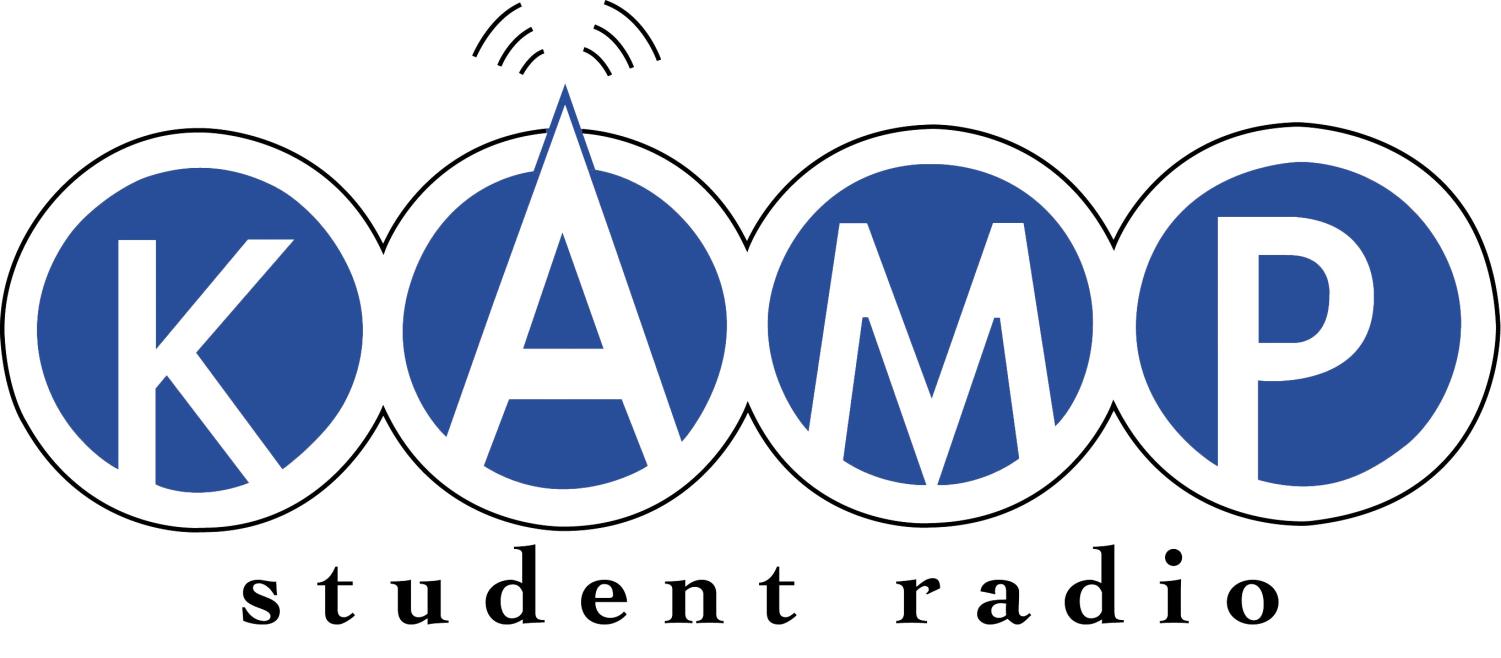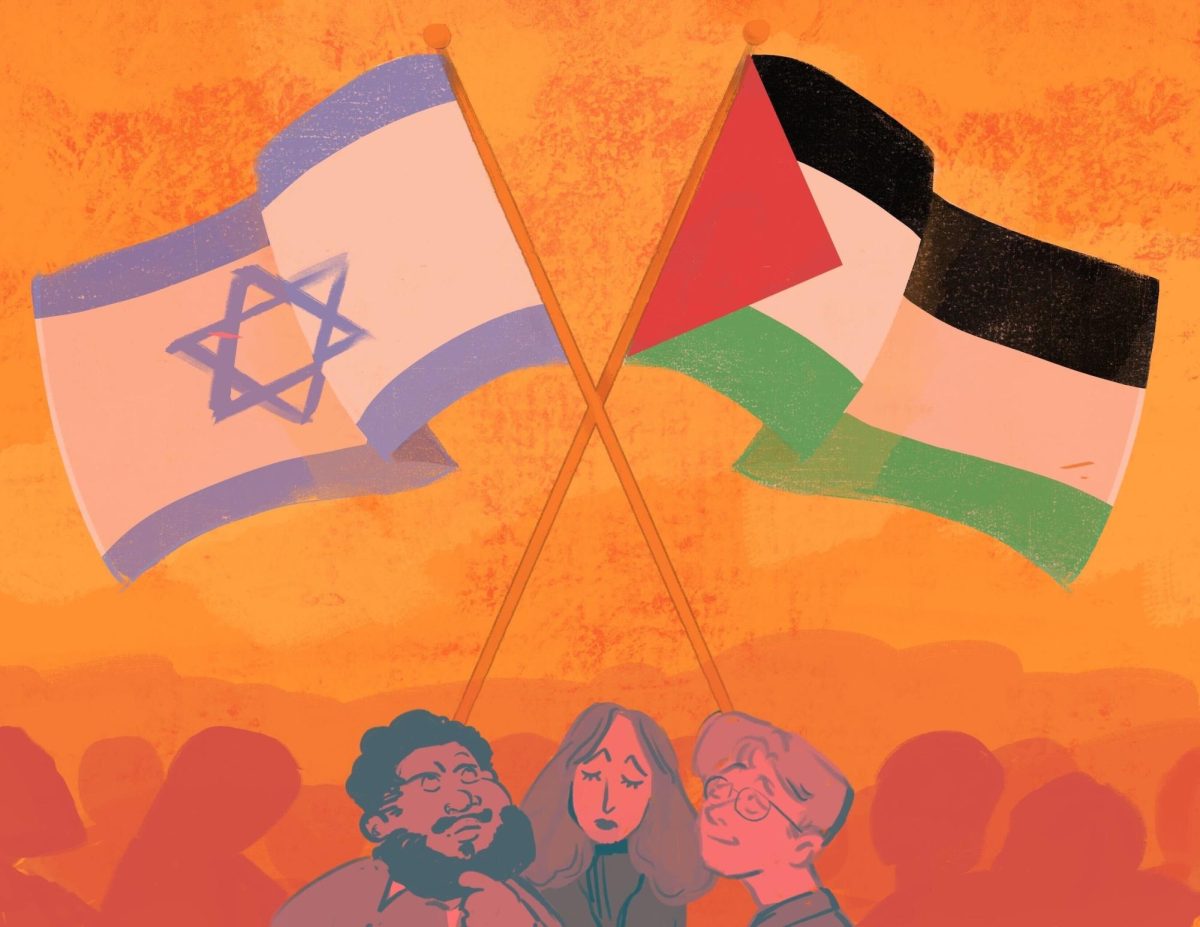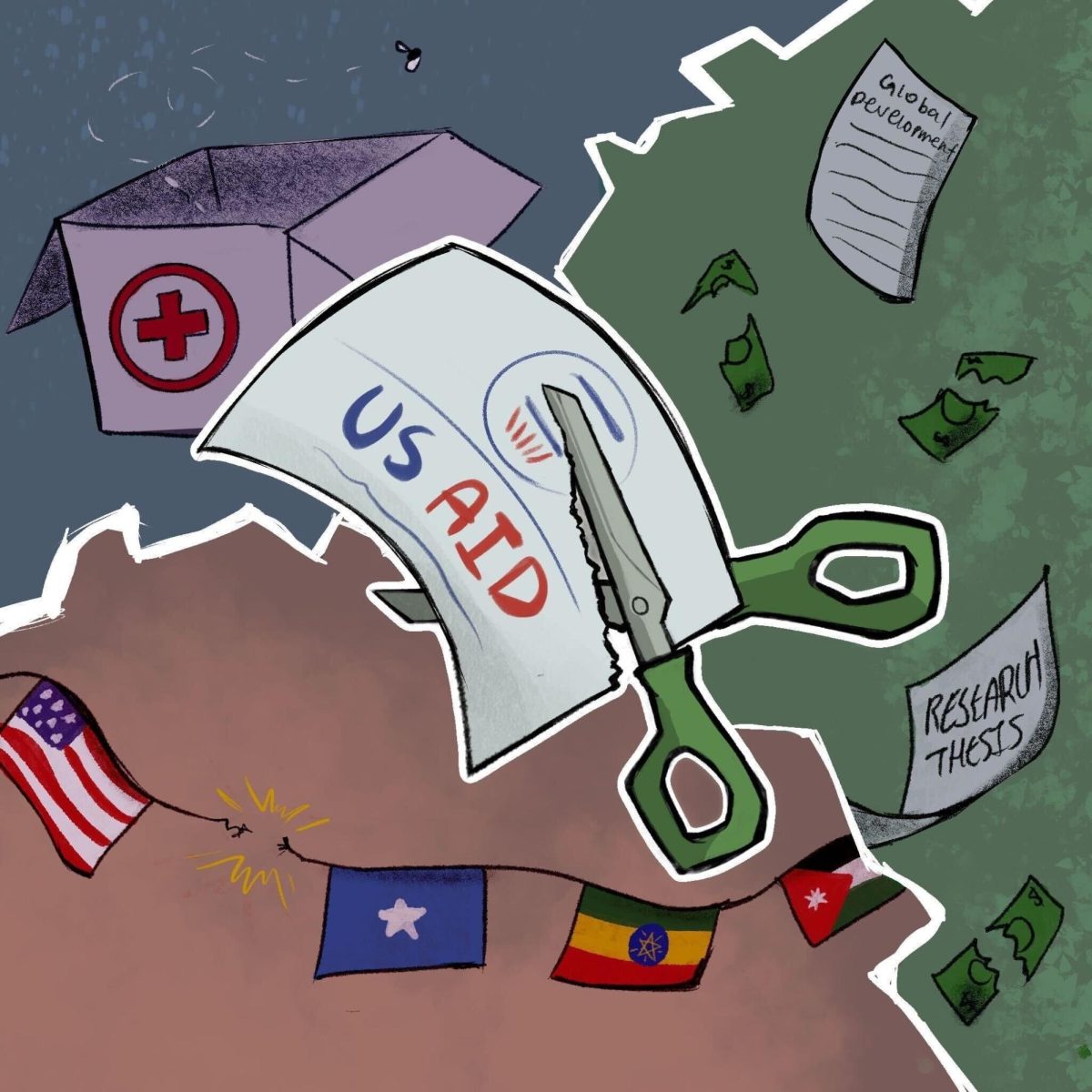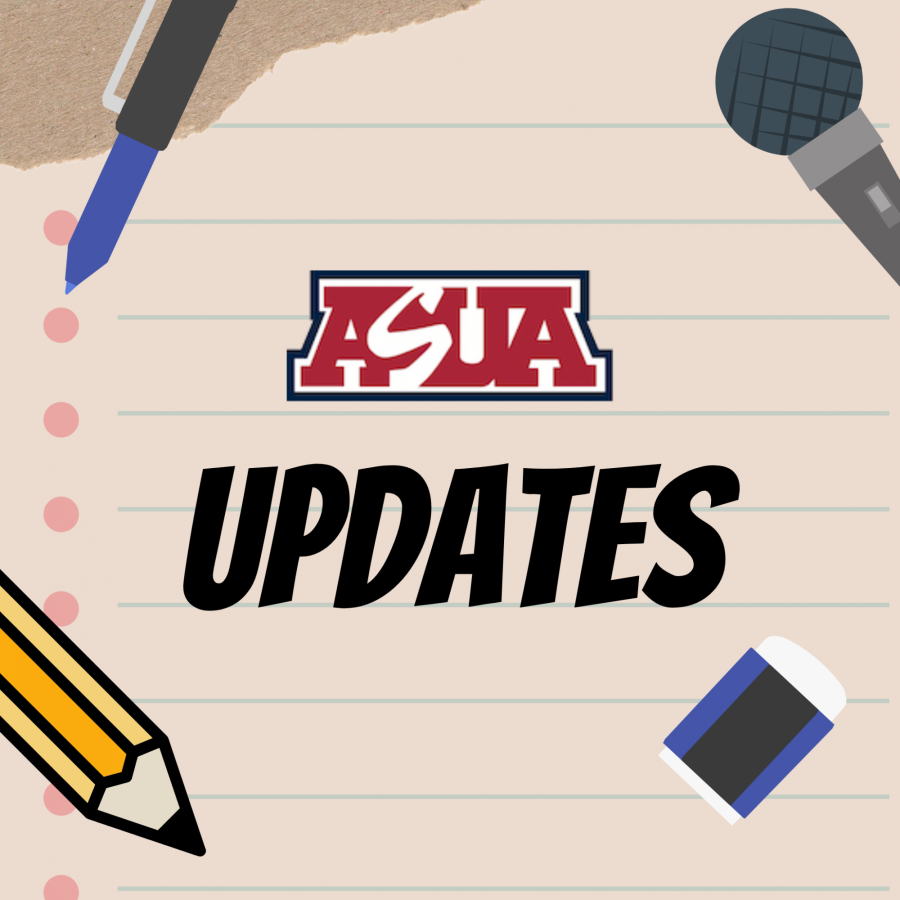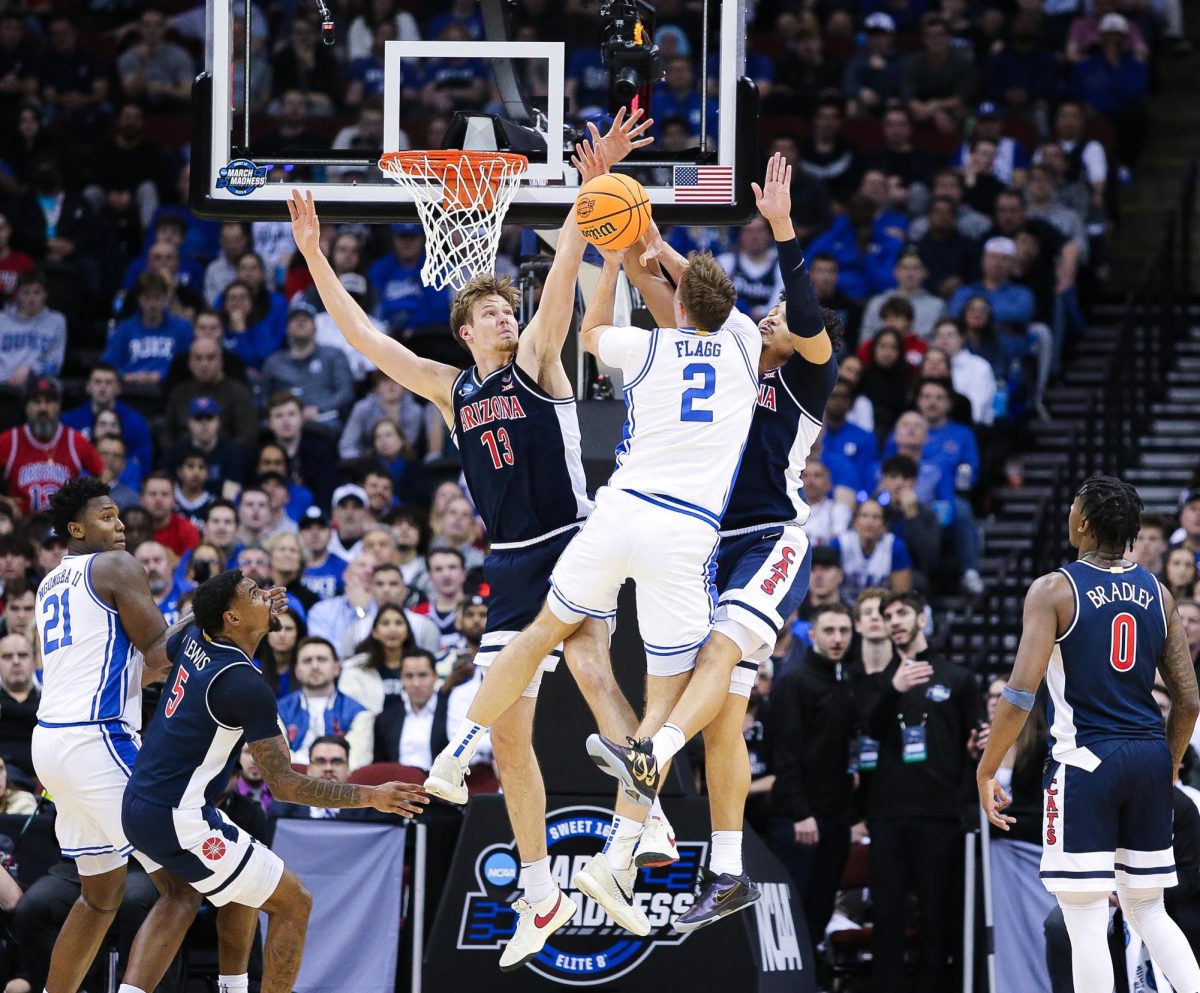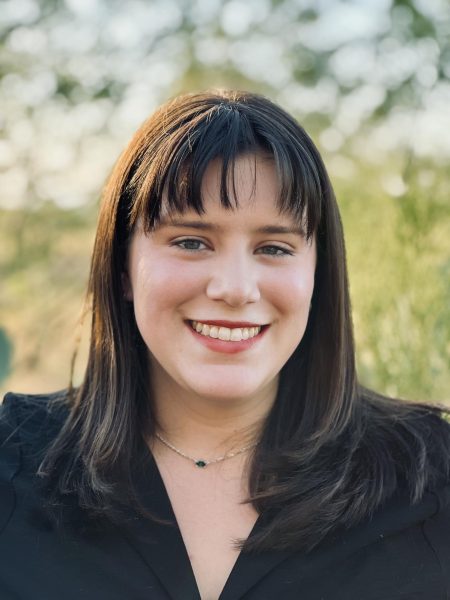After a year of on-campus protests, demonstrations and encampments, a ceasefire between Israel and Gaza has begun.
The ceasefire deal, which officially began on Jan. 19, is set to last for 42 days and is contingent on the release of hostages and prisoners from Palestine and Israel, according to BBC. The ceasefire comes after 15 months of war in the Gaza Strip and many polarized discussions about the conflict.
The University of Arizona is home to many on-campus organizations advocating for both sides of the conflict. Involved students seemed generally happy to see a change in what they say is the right direction. However, many still feel uncertain about how long it will last.
Harlow Parkin, the director of development for Students for Justice in Palestine, said many people are excited about the news and the peace it will bring to Gaza. However, he warned against being too excited.
“We wanted to sort of mediate the celebrations that were rightfully following the announcement of the ceasefire with awareness of the reality it emerged out of,” Parkin said. “This isn’t the band-aid solution that is going to ameliorate the conditions of Palestine.”
Parkin cites incidents in the past in which he says Israel has violated international law.
He says that a few days after the ceasefire was signed, a teenager was shot in Rafah by an Israeli sniper. According to CNN, this incident was one of four that took place after the ceasefire was put into effect. Because of this, Parkin and his fellow SJP members feel weary about how long the ceasefire will last and continue to protect Gazan citizens.
Izak Lord-Wohlstein, the chapter president for J-Street U of A, a pro-Israel group focused on promoting peace and human rights between Israel and Palestine, shared similar sentiments about tentative optimism.
UA CATPAC President Joseph Lacayo also had limited optimism. CATPAC is an organization that advocates for increased knowledge of Israeli-American relationships on campus and has previously led vigils in honor of Israelis.
According to Lacayo, the ceasefire is a good start to a peace deal but not the end goal his group has in mind.
“There’s a lot more to do, a lot more problems to solve and there’s still a lot of hostages that are being held captive by Hamas,” Lacayo said.
In his opinion, if all the hostages are not released, there is no point in having a ceasefire.
“For me, it’s an act of terrorism what Hamas did and giving them a ceasefire without them exchanging all the hostages is essentially allowing them to commit terrorism without a consequence,” Lacayo said.
Lord-Wohlstein worries about how the new Trump administration will handle the conflict.
“We are troubled as a chapter hearing about comments made from President Trump using language like ‘clear the area out,’” Lord-Wohlstein said. “He’s been looking to pressure Egypt, Jordan and surrounding areas to accept Palestinian refugees.”
While having countries accept refugees seems fine, it also highlights that Palestinians have nowhere to return to.
Since his inauguration, Trump has told reporters he has plans to “clear out” Gaza and how beautiful the land is. While other student groups have ideas about the Trump administration’s policies moving forward, no one seems confident about what the next phase of a ceasefire may look like under Trump.
“I’ve heard that he had some concerning comments about phase two of this ceasefire,” Parkin said. “Trump is not a friend of the Palestinians, and so we’re not going to be surprised if he continues to deteriorate conditions.”
Lacayo said he is unsure what the following plans will be but seemed confident that Trump will be on the side of the Israelis.
“The new administration is, for lack of a better word, not playing around when it comes to certain aspects of world affairs. So I think they won’t be giving any leeway to terrorist organizations like Hamas,” Lacayo said.
Despite any existing worries, J-Street is still optimistic that this deal is the beginning of the end.
“We are hopeful that there will be a ceasefire that holds, and everyone who is being affected, both Israeli citizens, the hostages and the Palestinian civilians who have suffered unimaginable devastation, are taken into account,” Lord-Wohlstein said.
Despite differing views about the conflicts, all three groups agree the ceasefire is not enough and are anxious about whether it will continue.
According to Lacayo and Lord-Wohlstein, the politically charged nature of the topic made many students anxious before and after the ceasefire was announced.
A Jewish friend told Lacayo that he felt “that he was going to have to live under the floorboards like Anne Frank. He felt like people were going to come after him for being Jewish.”
Lacayo said the student felt unsafe on campus due to his Jewish identity and worried about how people would connect him with the Israeli-Hamas conflict.
According to Lord-Wohlstein, students with connections to Israel feel deeply about the hostages being released and that Arab students are also affected by this conflict. While some students may see this conflict as foreign, for many, it affects people who look like them.
The chapter president of J-Street also said that he has seen more students become engaged with the conflict and pay attention to the government’s response. He also considered the TikTok ban as censoring young people’s access to information about the conflict in Gaza.
According to Lord-Wohlstein, students active on social media were “seeing the reality of, you know, people our age, children going through unimaginable suffering for seemingly no real benefit to our country,” Lord-Wohlstein said.
The future of the ceasefire is unclear, but as of now, both sides are releasing hostages and there is a temporary pause in the 15-month conflict.
Follow the Daily Wildcat on Instagram and Twitter/X

